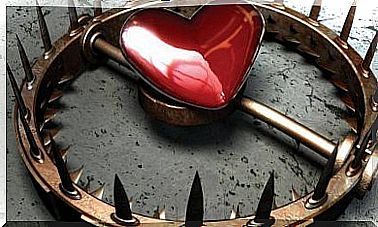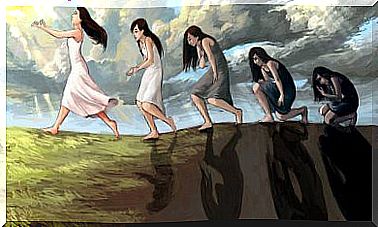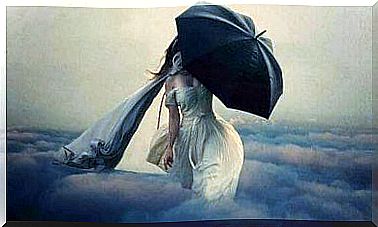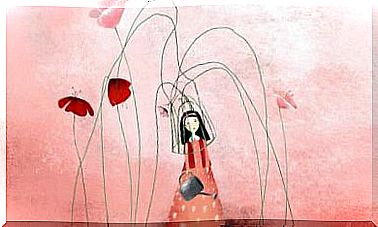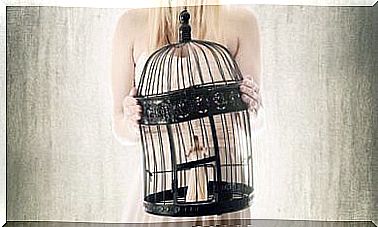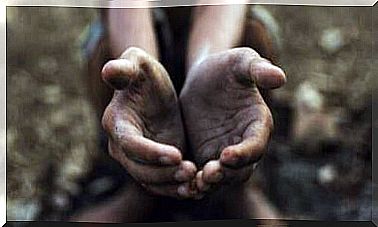Quentin Tarantino And The Aesthetics Of Violence
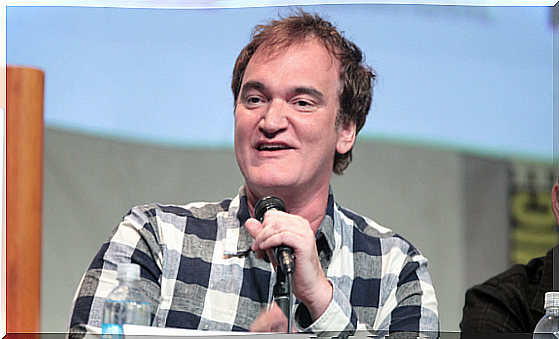
Quentin Tarantino is one of the directors who managed to create his own brand, his personal identity seal. When we see one of his films, we know perfectly well what we are going to find: violence, music, great actors, close-ups of female feet, scenes recorded in the trunk, tributes, etc. A mix of aspects that the director appreciates, from tributes to filmmakers like Alfred Hitchcock to kung fu features.
Tarantino does what he wants, makes cameos , plays with colors, recycles shots, reinvents scenes… and mixes everything up until he gets what he was looking for. Many may accuse him of plagiarism, but we must ask ourselves if it is right to speak of plagiarism when it is something that is fully recognized and the author’s intention is precisely to transport a scene to another film, to another context, building something completely different.
Everyone, absolutely everyone, has our own tastes and influences, and when it comes to creating something innovative in the 21st century, we will certainly quote or reinvent something that has already been done before.
There is no doubt that Tarantino needs his influences to build his films because, first of all, he is a great movie buff. On some occasions he pointed out that, in order to make a good cinema, it is not necessary to go to any school; you simply have to be passionate about what you are doing.
From passion, cinema is born, his films and his unforgettable baths in tomato sauce are born. At this point, it is worth asking: why do we like violence so much? What makes Tarantino’s cinema so special?
Quentin Tarantino’s keys to cinema
Despite having no training as a filmmaker, his love for cinema led him to the director’s chair. Quentin Tarantino took acting classes and worked at a video store, a place he’s already cited as a source of inspiration. Among friends and with the intention of making a simple film, Rent Dogs appeared , or rather, what would end up being Rent Dogs.
Tarantino didn’t believe that it was possible to make a real film at that time, so he thought of settling for an economical production among friends. However, producer Lawrence Bender read his script and proposed to make it into the feature we know today.
Tarantino had just created an identity that would consecrate him as a director and lead him to a multitude of successes and applause in the future. As for plagiarism, Tarantino reuses his sources of inspiration giving them a new meaning, placing them in a new frame and creating something new and original from them.
It does not hide its sources, it elevates them, paying homage and showing them to the public. So we have, for example, the famous dance scene from Pulp Fiction , taken from Eight and a Half , by Fellini, or Uma Thurman’s costume in Kill Bill , which resembles Bruce Lee.
Watching a feature film by Quentin Tarantino is a true exercise in intertextuality. His films have their own script and identity, but they are full of allusions and references.
With Pulp Fiction (1994), Tarantino established himself as a director and screenwriter, caught the attention of the public and critics, and won his first Oscar for best original screenplay.
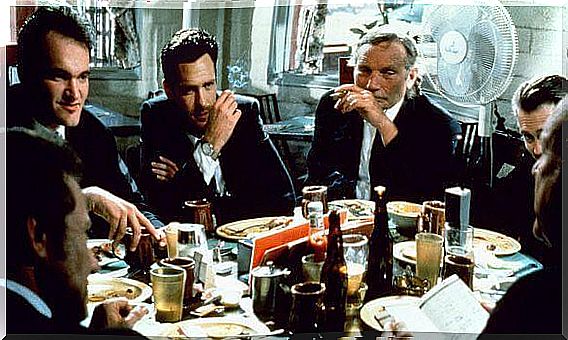
Other titles such as Jackie Brown (1997), Bastardos Inglórios (2009) and Kill Bill (2003) have just founded the Tarantino brand.
Finally, his latest works were a declaration of love for a genre much forgotten today, the spaghetti western; with Django Livre (2012) and Os Oito Odiados (2015), he recovered the essence of the genre and of filmmakers such as Sergio Leone, in addition to the figure of Ennio Morricone, composer of some of the most recognized soundtracks in the history of cinema.
Currently, Tarantino is working on a new film and said his filmography will consist of only ten long.
Music is another pillar on which he builds his works, and the director himself is in charge of personally choosing the soundtrack. Therefore, we are, once again, facing a great mix of influences and styles. Even though we are in Nazi-occupied France, Tarantino delights us with a cinema that burns to the rhythm of David Bowie’s Cat People . He doesn’t care much about anachronisms, as he ends up making the puzzle pieces fit his way.
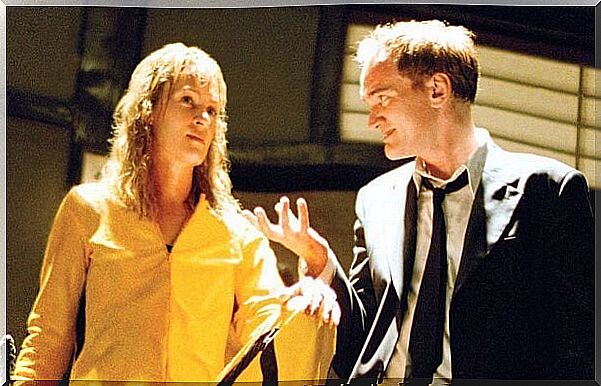
Tarantino and the taste for violence
If anything defines Quentin Tarantino’s cinema, it is violence. A totally explicit violence, with bloodbaths that, at times, border on the absurd and provoke laughter. We don’t really care if a character dies or lives, as the truth is, there are very few we truly empathize with.
A good example of this can be found in The Hated Eight. When we watch a Tarantino movie, we don’t expect to find endearing characters or ones to stay alive for long. We want to see blood, violence, and we even laugh with it.
The music, together with its disordered narrative and scenes of explicit violence that are beautiful, far from bothering us, enchant us. The famous ear cut scene in Reservoir Dogs , for example, is softened by music and dance, and in turn is a “replica” of a scene from the movie Django (Corbucci, 1966). In this way, violence ceases to be uncomfortable and becomes an object of delight.
Can violence be fun? Where is the limit? At this point, Tarantino cited on several occasions that his cinema is nothing more than a fantasy, a fiction to enjoy. We must not question whether this violence is moral or not; we must simply enjoy it, as it is attractive, aesthetic. It is not comparable to see a film in which violence is represented as a reality, in a very crude way, and to see another one in which violence is nothing more than an excuse for entertainment.
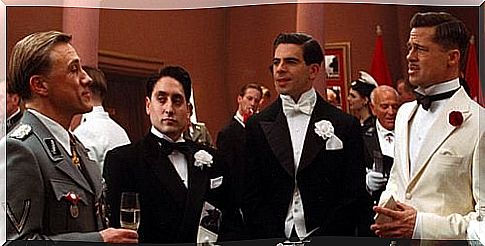
Tarantino, furthermore, alludes to kung fu movies in which violence is also present, although no one questions their morality, as they are pure entertainment. Faced with a film of raw, unjust or real violence such as The Passion of the Christ (Mel Gibson, 2004), The Experience (Oliver Hirschbiegel, 2001) or Irreversible (Gaspar Noé, 2002), we will certainly not feel any pleasure, but the opposite : we will be annoyed. This is not the case when we watch films by directors like Martin Scorsese or Quentin Tarantino, in which violence is a catharsis, a liberation and purification through images.
This is nothing new, as it was pointed out by Aristotle in Poetics , in which he made an in-depth analysis of Greek tragedy and all that it supposed. Why did the Greeks like to see portrayals in which violence or incest came onto the scene? Precisely because they were taboo subjects in society, of passions that live in human beings and that are repressed by their immorality. Thus, when going to a show of this style, catharsis occurs, that is, the purification of emotions.
This question was later developed by some psychoanalytic authors, such as Freud. For this reason, the taste for violence does not seem to be something exclusive to contemporaneity, nor to cinema, but something that has always been linked to humans ; something that, in one way or another, we include in art.
Tarantino always reminds us that his cinema is nothing more than a fantasy, it’s not real, and that’s why we like it so much. It is a catharsis, a play with our subconscious, with passions and emotions; without a doubt, it’s a cinema for fun.
